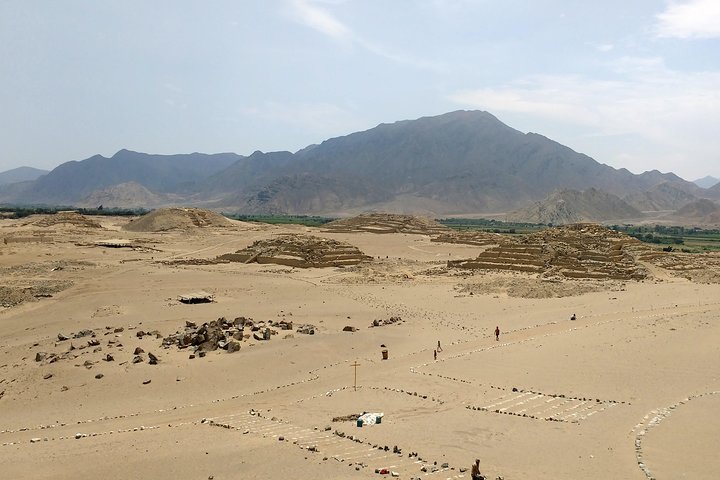Echoes of the Past: Discovering the Ancient Civilization of Caral
Drawn by the allure of ancient civilizations, I embarked on a journey to Caral, the oldest civilization in the Americas. This exploration promised a profound connection to humanity’s shared heritage.
The Ancient Echoes of Caral
As a cultural anthropologist, I have always been drawn to the whispers of ancient civilizations, and the allure of Caral, the oldest civilization in the Americas, was irresistible. Nestled in the Supe Valley of Peru, Caral is a testament to human ingenuity and the peaceful coexistence of its people. The journey to this archaeological marvel was not just a trip through time but a profound exploration of humanity’s shared heritage.
The drive to Caral was long, yet it offered a unique opportunity to reflect on the journey ahead. The landscape unfolded like a tapestry of history, each mile bringing me closer to the heart of an ancient world. Upon arrival, the site guide, a knowledgeable and passionate custodian of Caral’s secrets, led me through the ruins. Her stories painted vivid pictures of a society that thrived on commerce and pleasure, devoid of warfare. The discovery of musical instruments made from condor and pelican bones, and the poignant burial of a child with a necklace of stone beads, spoke volumes of a culture that celebrated life and art.
Standing atop a hill, gazing at the panoramic view of the pyramids, I felt a deep connection to the past. The silence of the desert was broken only by the whispers of the wind, carrying tales of a civilization that once flourished here. It was a moment of introspection, a reminder of the enduring legacy of human creativity and resilience.
A Journey Through Time
The site of Caral is a living museum, where every stone and structure tells a story of a bygone era. As I walked through the ancient city, I was struck by the absence of fortifications or weapons, a testament to the peaceful nature of its inhabitants. The pyramids, standing tall against the backdrop of the arid landscape, were a marvel of engineering and architectural prowess.
The guide’s narration brought the city to life, revealing the intricate social and economic systems that sustained its people. The presence of musical instruments and the absence of warfare artifacts suggested a society that valued harmony and cultural expression. It was a civilization that thrived on trade and communal living, a stark contrast to the often tumultuous histories of other ancient cultures.
The experience was a profound reminder of the diverse paths humanity has taken throughout history. Caral’s legacy is not just in its structures but in the values it embodied—a society built on cooperation, creativity, and peace.
Reflections on the Road
The journey back to Lima was a time for reflection. The road stretched ahead, a ribbon of asphalt cutting through the Peruvian landscape. The silence in the car was a stark contrast to the vibrant stories of Caral, yet it offered a space for contemplation.
The experience at Caral was a reminder of the importance of preserving our shared heritage. As I looked out at the passing scenery, I thought of the countless stories waiting to be uncovered in the sands of time. Each site, each artifact, is a piece of the puzzle that forms the tapestry of human history.
Caral is more than just an archaeological site; it is a symbol of the enduring spirit of humanity. It is a place where the past and present converge, offering insights into the complexities of human civilization. As I returned to my family, I carried with me the stories of Caral, eager to share the lessons of this ancient society with my children and readers alike.
The journey to Caral was not just a visit to an ancient city; it was a journey into the heart of human history, a reminder of the beauty and resilience of our shared past. For those who seek to understand the roots of civilization, Caral is a must-visit destination, a place where the echoes of the past continue to resonate in the present.



































